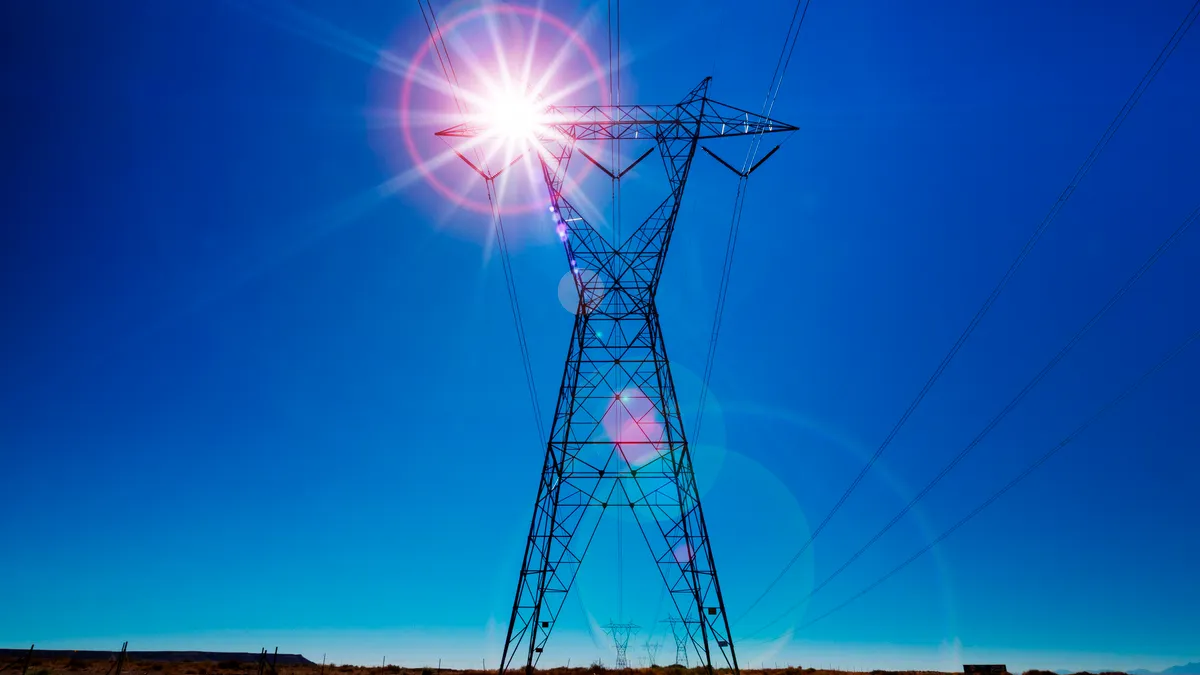Replacing conventional transmission lines with advanced conductors could sharply increase U.S. transmission capacity in the near-term, and at a lower cost than building new power lines, according to a report on reconductoring released Tuesday.
Reconductoring transmission lines could add about 64 TW-miles of new interzonal transmission capacity by 2035 compared to about 16 TW-miles from only building new transmission lines, the report from the Goldman School of Public Policy at the University of California, Berkeley and GridLab said.
While quadrupling new transmission capacity, replacing conventional aluminum conductor steel reinforced cables with advanced conductors would cost just 20% more than only building new lines, the modeling found. Replacing old lines with advanced conductors usually costs half as much as building new lines for the same capacity, partly because it uses existing infrastructure, the report noted.
The additional interzonal transmission capacity unlocked with advanced conductors provides access to lower-cost clean energy, reducing wholesale electricity costs by 3% to 4% on average, producing $85 billion in system cost savings by 2035 and $180 billion by 2050, compared to business-as-usual, the modeling found.
The additional transmission capacity from reconductoring would allow the United States to get 90% of its electricity from emissions-free power sources by 2035, according to the report.
“As new-build lines are planned, permitted, and constructed to meet long-term system needs, large-scale reconductoring can unlock renewables near the existing network and contribute to rapid and cost-effective grid decarbonization,” the report said.
The modeling found that greenfield transmission begins to play a larger role in adding interzonal transmission capacity starting in the mid-2030s as reconductoring opportunities dry up.
Reconductoring projects typically take 18 months to three years to complete, and can increase capacity by 50% to 110% compared to the lines they replace, according to the report. Greenfield transmission projects can take five years to 15 years to build, it said.
About 98% of U.S. transmission lines are less than 50 miles long, which are ideal for reconductoring, the report’s authors said. Longer transmission lines can be reconductored in segments, they said.
A companion report by Energy Innovation and GridLab — Supporting Advanced Conductor Deployment: Barriers and Policy Solutions — urged policymakers to: provide utilities incentives to use advanced conductors; improve transmission planning; examine efficiency standards for transmission lines; expand federal and state funding for advanced conductors; and develop workforce education and training.
“Key policies to deploy advanced conductors quickly include new legislation to require consideration of advanced conductors by utilities, technology standards to their drive adoption, clear permitting procedures for reconductoring, additional funding, and improved planning processes,” the report’s authors said. “The technology is ready, and now is the time for implementation.”















